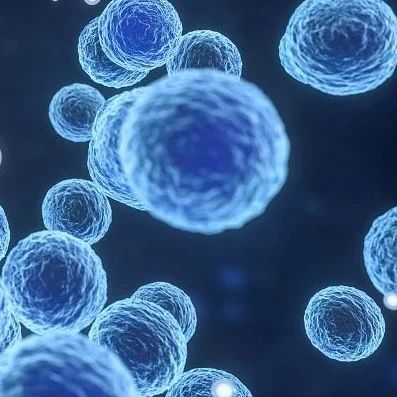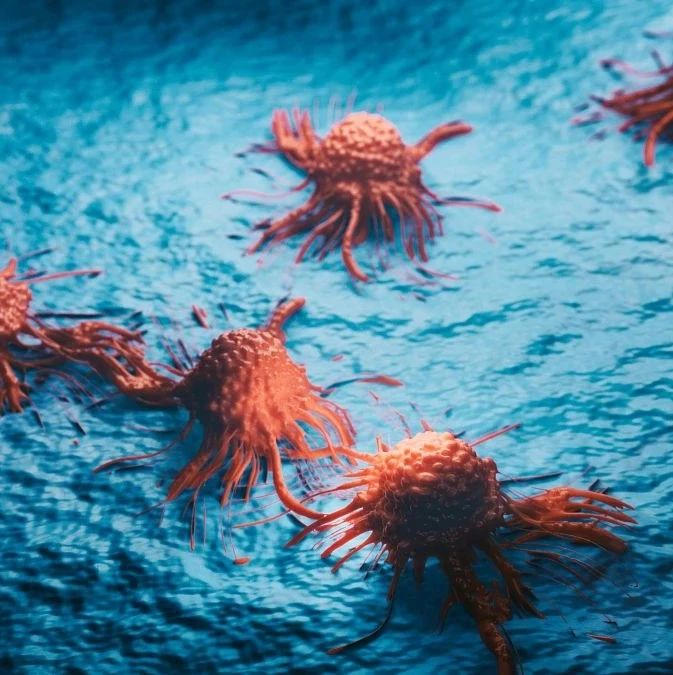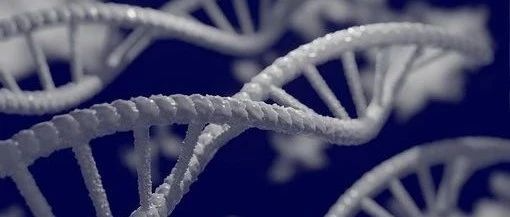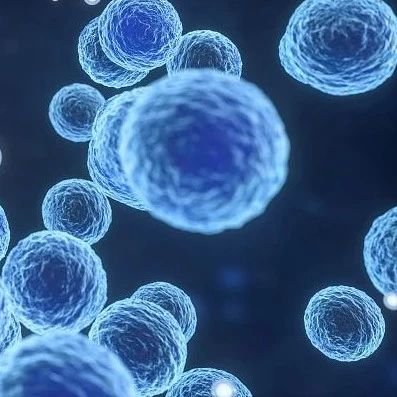
为了战胜阿兹海默症,全世界的科学家和医药公司都在努力奋战,尽管取得了不少研究成果,但是在药物研发方面却屡战屡败。最近,伦敦大学国王学院的一个研究团队宣称,他们掌握了阿兹海默症患者大脑中导致脑细胞死亡的事件反应链的“最详细路线图”。
国王学院精神病研究所的研究者表示,他们甚至已经开始对潜在的药物进行试验,看是否能够阻止阿兹海默症患者大脑中导致细胞死亡的疾病过程。
科学家很多年前就已经知道,阿兹海默病与患者大脑细胞间的一种蛋白斑的堆积有关,这些蛋白斑是由一种叫做淀粉样蛋白沉积形成的。这还导致了在脑细胞内一种叫做tau蛋白的纤维形成,从而导致细胞的死亡。
不久前,科学家在早期阿兹海默病患者的大脑中发现了第三种分子——凝集素(Clusterin),它也参与了疾病的形成过程。
如今,国王学院的科学家发现,凝集素作为一个生化开关,驱动了杀死脑细胞并从而发引发阿兹海默病的tau蛋白的变化。
精神病研究所的Richard Killick博士说:“我们的研究已经划出了疾病发展最详细的进程图,我们希望这能够带来新疗法的研发。”
他的同事Simon Lovestone教授说:“我们的研究表明,当在实验室条件下阻断脑细胞中的这种信号途径时,我们可以阻止淀粉样蛋白的毒害作用。我们相信,如果我们也能消除它在阿兹海默病患者大脑中的活性,那么我们就有可能治疗这种疾病。”
“实际上,我们已经开始启动了我们自己的药物研发程序,并且已经找到了潜在化合物来进行进一步的试验。”
英国阿兹海默症协会的会长Clive Ballard教授说:“我们对阿兹海默症的发病过程了解的越多,离治愈这种疾病就越近。这项重要的研究填补了一些重要的空白,有可能给我们带来新的诊断方法,和更有效的治疗方法。”

 Clusterin regulates β-amyloid toxicity via Dickkopf-1-driven induction of the wnt–PCP–JNK pathway
Clusterin regulates β-amyloid toxicity via Dickkopf-1-driven induction of the wnt–PCP–JNK pathway
R Killick, E M Ribe, R Al-Shawi, B Malik, C Hooper et al.
Although the mechanism of Aβ action in the pathogenesis of Alzheimer’s disease (AD) has remained elusive, it is known to increase the expression of the antagonist of canonical wnt signalling, Dickkopf-1 (Dkk1), whereas the silencing of Dkk1 blocks Aβ neurotoxicity. We asked if clusterin, known to be regulated by wnt, is part of an Aβ/Dkk1 neurotoxic pathway. Knockdown of clusterin in primary neurons reduced Aβ toxicity and DKK1 upregulation and, conversely, Aβ increased intracellular clusterin and decreased clusterin protein secretion, resulting in the p53-dependent induction of DKK1. To further elucidate how the clusterin-dependent induction of Dkk1 by Aβ mediates neurotoxicity, we measured the effects of Aβ and Dkk1 protein on whole-genome expression in primary neurons, finding a common pathway suggestive of activation of wnt–planar cell polarity (PCP)–c-Jun N-terminal kinase (JNK) signalling leading to the induction of genes including EGR1 (early growth response-1), NAB2 (Ngfi-A-binding protein-2) and KLF10 (Krüppel-like factor-10) that, when individually silenced, protected against Aβ neurotoxicity and/or tau phosphorylation. Neuronal overexpression of Dkk1 in transgenic mice mimicked this Aβ-induced pathway and resulted in age-dependent increases in tau phosphorylation in hippocampus and cognitive impairment. Furthermore, we show that this Dkk1/wnt–PCP–JNK pathway is active in an Aβ-based mouse model of AD and in AD brain, but not in a tau-based mouse model or in frontotemporal dementia brain. Thus, we have identified a pathway whereby Aβ induces a clusterin/p53/Dkk1/wnt–PCP–JNK pathway, which drives the upregulation of several genes that mediate the development of AD-like neuropathologies, thereby providing new mechanistic insights into the action of Aβ in neurodegenerative diseases.
文献链接:Clusterin regulates β-amyloid toxicity via Dickkopf-1-driven induction of the wnt–PCP–JNK pathway







